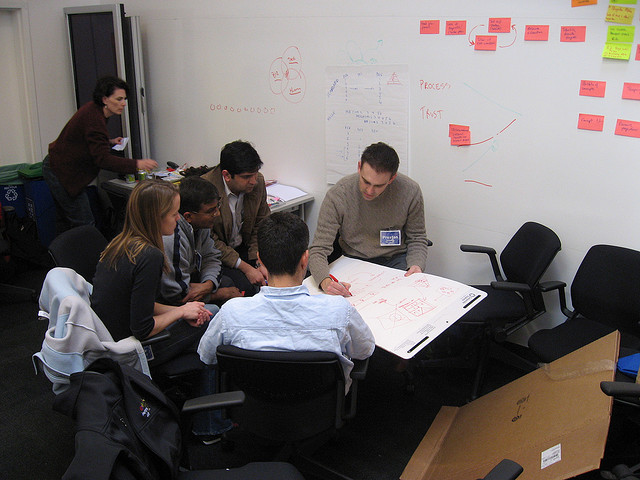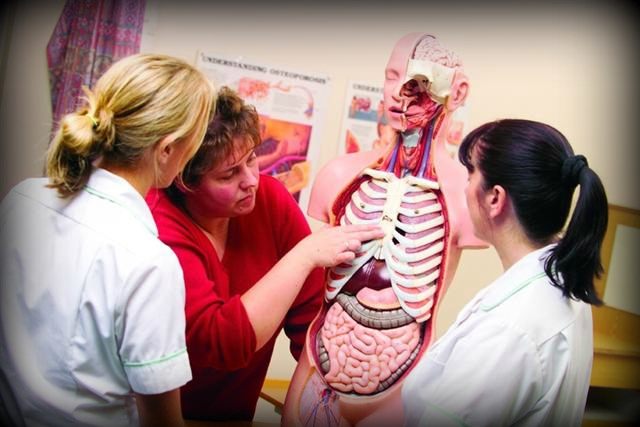This week the White House announced that President Obama’s executive action on immigration could stimulate California’s economy as much as $27.5 billion. According to White House advisor Cecilia Muñoz, the executive action could potentially increase wages and productivity in one of the country’s largest economies. The White House Council of Economic Advisors estimates the executive action could raise the country’s gross domestic product up to a figure of $90 billion over the next ten years.
This is not surprising given that Obama’s executive action will allow eligible applicant’s to receive employment authorization cards, thereby expanding the labor force and allowing immigrants the flexibility of seeking new jobs that were not previously available to them. A young, vibrant, employed immigrant population is sure to spark innovation and entrepreneurship at a rate that was not previously available with the restrictive DACA program. The order will allow some foreign workers who are occupying high-skilled fields the ability to benefit from employment portability while awaiting their permanent residency status. The acquisition of work permits will allow eligible immigrants to obtain better paying jobs. Higher incomes would result in greater expenditures and therefore a higher amount of taxes paid.
An analysis published by the President’s Council of Economic Advisers (CEA) revealed that the executive actions on immigration would boost economic output by an estimated figure of 0.4 to 0.9 percent over a period of time years, increasing the country’s GDP from $90 billion to $210 billion by 2024. By allowing foreign workers to come out of the shadows, the productivity of the American workforce as a whole will increase, since workers will find jobs that are best suited to their skills and potential. The White House contends that this labor shift will also allow native workers to specialize in jobs that are best suited to their skills and ability. Altogether, greater productivity and a larger workforce will result in: wage increases for all workers, increased tax revenues, and a reduction of the deficit. The analysis makes the claim that the executive actions would not adversely affect employment options for native workers. To read the complete publication please click here.
 Visa Lawyer Blog
Visa Lawyer Blog





 President Obama closed off the year by announcing his highly anticipated executive action on November 20, 2014 which will go into effect early this year, but the executive action was only one of many important initiatives that occurred in 2014.
President Obama closed off the year by announcing his highly anticipated executive action on November 20, 2014 which will go into effect early this year, but the executive action was only one of many important initiatives that occurred in 2014.



